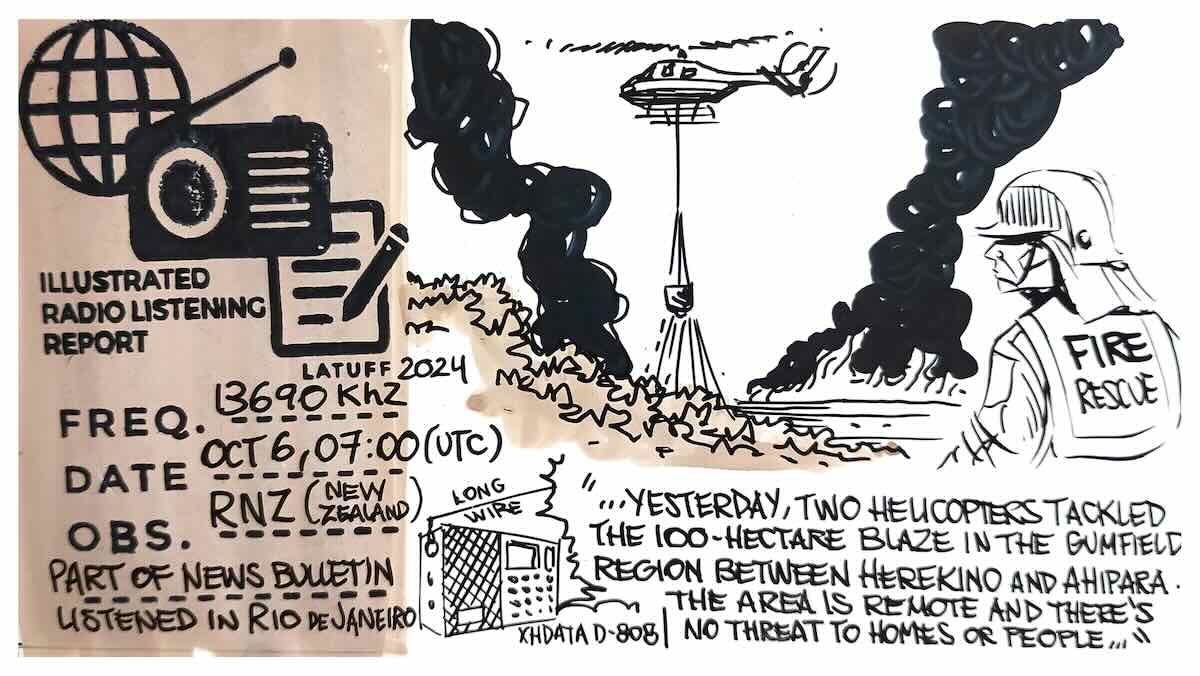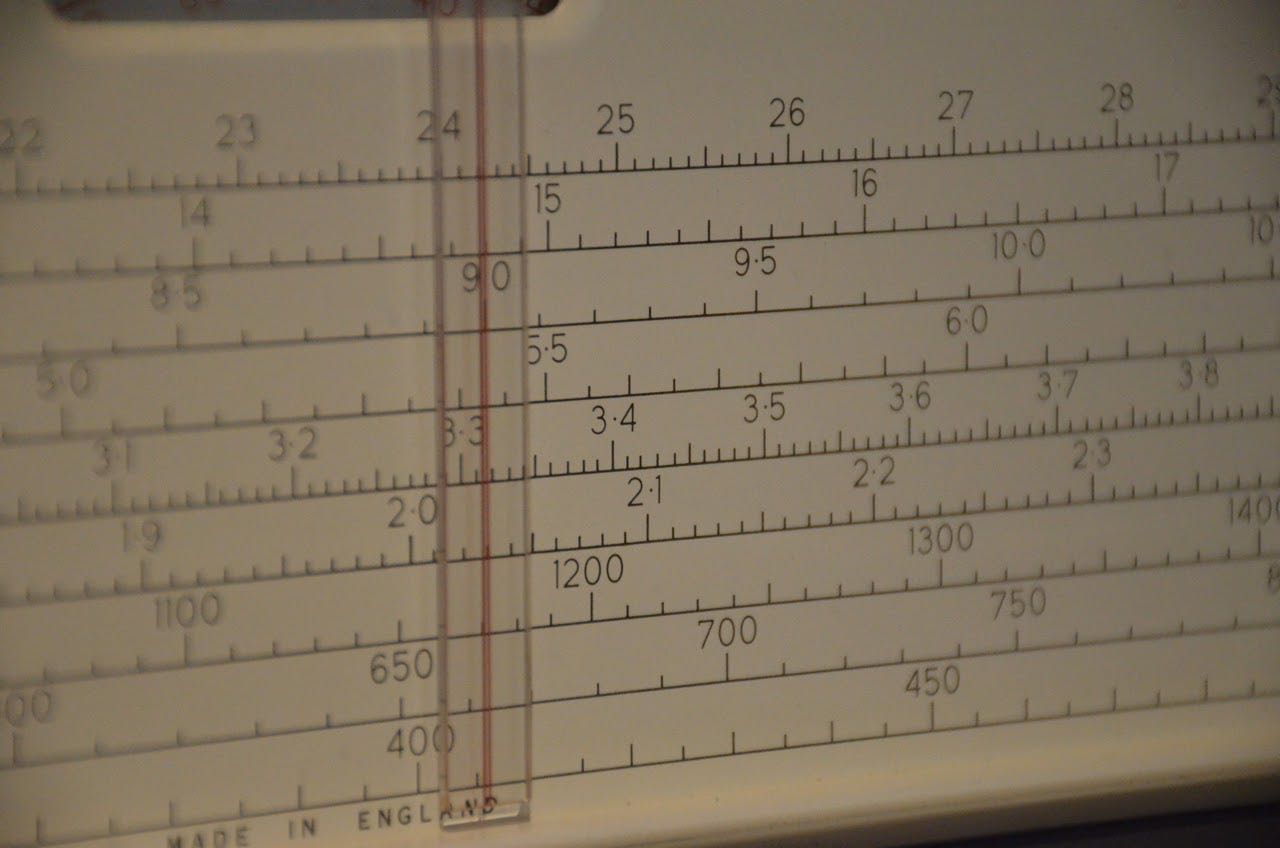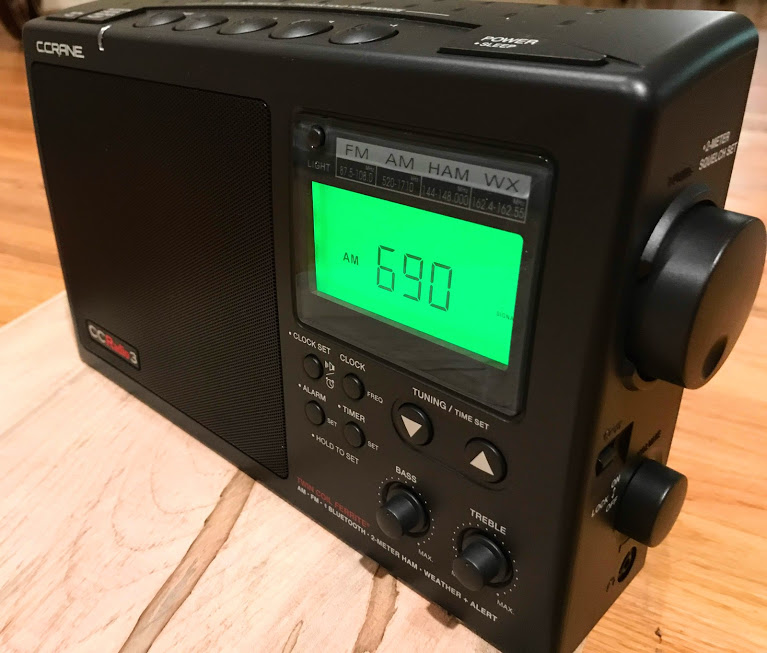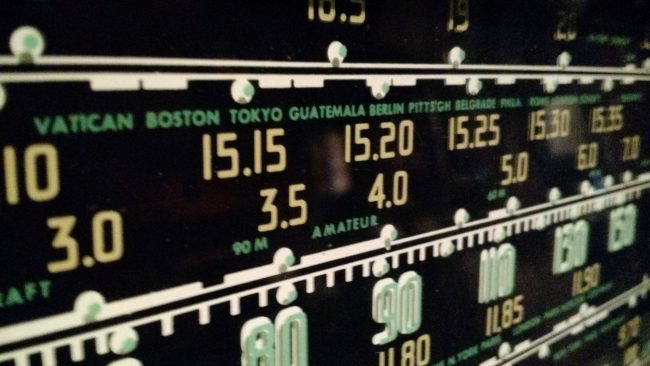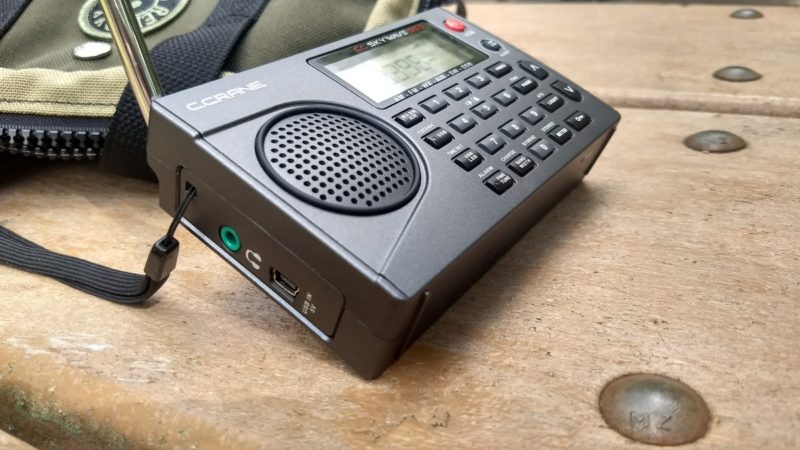 Welcome to the SWLing Post’s Radio Waves, a collection of links to interesting stories making waves in the world of radio. Enjoy!
Welcome to the SWLing Post’s Radio Waves, a collection of links to interesting stories making waves in the world of radio. Enjoy!
Many thanks to SWLing Post contributor David Iurescia for the following tips:
RNZ Pacific – 35 years of broadcasting to the region (RNZ)
January 24, 1990, the same day the Auckland Commonwealth Games opened, RNZ International (RNZI) began broadcasting to the Pacific region.
Its news bulletins and programmes were carried by a brand new 100kW transmitter. The service was rebranded as RNZ Pacific in 2017. However its mission remains unchanged, to provide news of the highest quality and be a trusted service to local broadcasters in the Pacific region.
Although RNZ had been broadcasting to the Pacific since 1948, in the late 1980s the New Zealand Government saw the benefit of upgrading the service. Thus RNZI was born, with a small dedicated team.
The first RNZI manager was Ian Johnstone. He believed that the service should have a strong cultural connection to the people of the Pacific. To that end, it was important that some of the staff reflected parts of the region where RNZ Pacific broadcasted. He hired the first Pacific woman sports reporter at RNZ, the late Elma Ma’ua. [Continue reading…]
The BNR’s QSL cards for 2025 present the beauty of Bulgaria (BNR)
Dear friends, we are happy to announce that the Bulgarian National Radio’s QSL cards for 2025 are now available. The two series – one with 6 postcards and the other with 12 postcards – are entitled “The Beauty of Bulgaria.”
The series of 6 cards confirms that you have listened to Radio Bulgaria’s programming in any of its languages.
To receive this series, you need to send reports, indicating the date and the language of the programme you have listened to, as well as content details. QSL cards are sent upon receipt of the necessary number of reports, irrespective of the language in which the programmes were heard on our website. [Continue reading…]
Do you enjoy the SWLing Post?
Please consider supporting us via Patreon or our Coffee Fund!
Your support makes articles like this one possible. Thank you!


